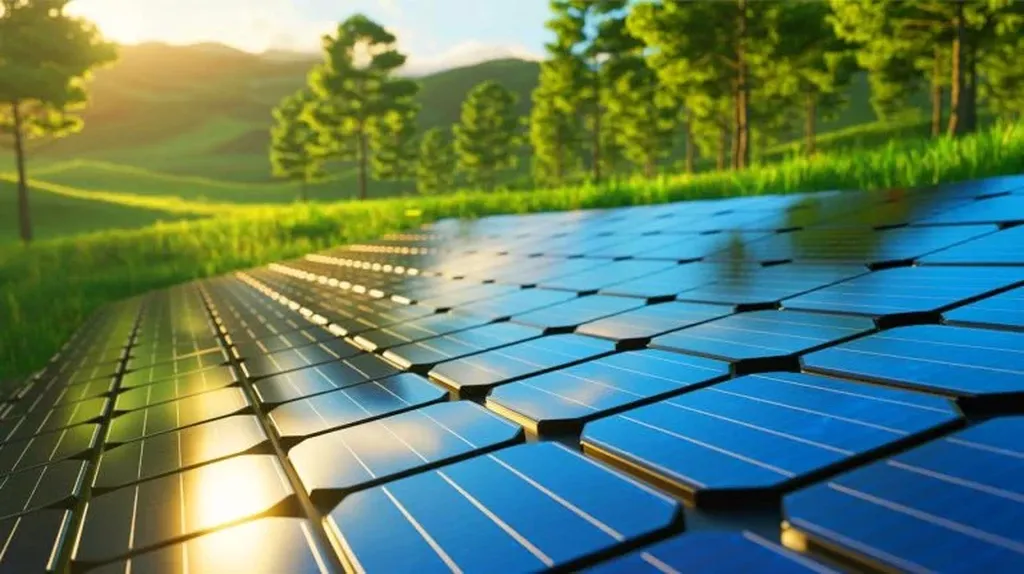In the quest to transform industrial waste into valuable building materials, researchers have made a significant stride, offering a promising solution for the energy sector’s demand for lightweight, insulating, and durable construction materials. A recent study led by Chun’ao Li from Shihezi University has optimized the preparation and assessed the long-term performance of desulfurized gypsum-rubber composites, providing a practical route to eco-friendly and energy-efficient wall panels.
The study, published in the *Journal of Asian Architecture and Building Engineering* (known in English as the *Journal of Asian Architecture and Building Engineering*), addresses the challenges of inefficient processing and sparse durability data that have hindered the recycling of industrial solid waste into building materials. By incorporating NaOH-treated rubber particles into desulfurized gypsum, the researchers created composites that not only reduce waste but also enhance thermal efficiency.
“Our goal was to develop a material that is not only lightweight and insulating but also durable enough to withstand severe cold regions like Xinjiang,” said Li. The team cast specimens with varying rubber particle sizes and mixing sequences, measuring compressive and flexural strength, density, thermal conductivity, and thermal resistance. They also conducted extensive testing, including freeze-thaw cycles, water absorption, SEM, XRD, and mercury intrusion porosimetry.
The results were promising. At 20 wt% 20-mesh rubber, using a dry gypsum-rubber premix, the compressive strength decreased from 11.1 to 4.93 MPa, and flexural strength from 3.96 to 1.18 MPa. However, the density decreased by 12.4%, thermal conductivity by 34.9%, and thermal resistance increased by 52.8%. After 40 freeze-thaw cycles, mass and strength losses remained below 5% and 25%, respectively, satisfying the Chinese standard GB 50,574-2010.
“This study demonstrates that enhanced interfacial bonding and controlled porosity are key to creating durable, thermally efficient composites,” Li explained. The SEM, XRD, and porosimetry data confirm these findings, paving the way for future developments in the field.
The implications for the energy sector are significant. Lightweight, insulating wall panels made from industrial by-products could revolutionize construction in cold regions, reducing energy consumption and environmental impact. “Future work will explore hybrid fiber reinforcements and functional additives to further improve toughness, hydrophobicity, and durability,” Li added, hinting at even greater advancements on the horizon.
As the construction industry continues to seek sustainable and efficient materials, this research offers a compelling example of how industrial waste can be transformed into valuable resources. The findings not only address current challenges but also open new avenues for innovation in the field of building materials.

